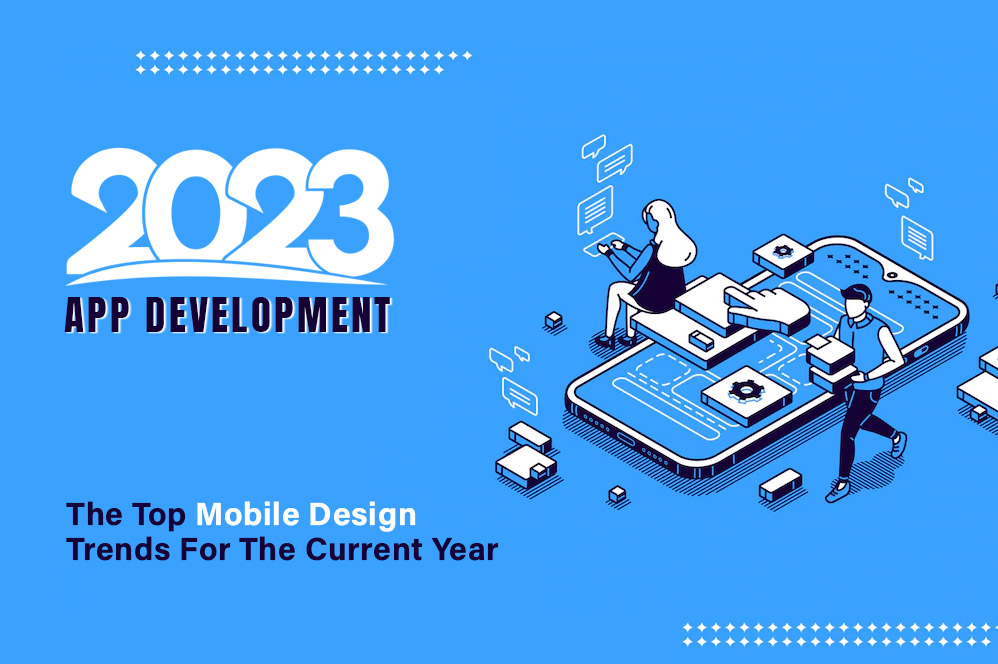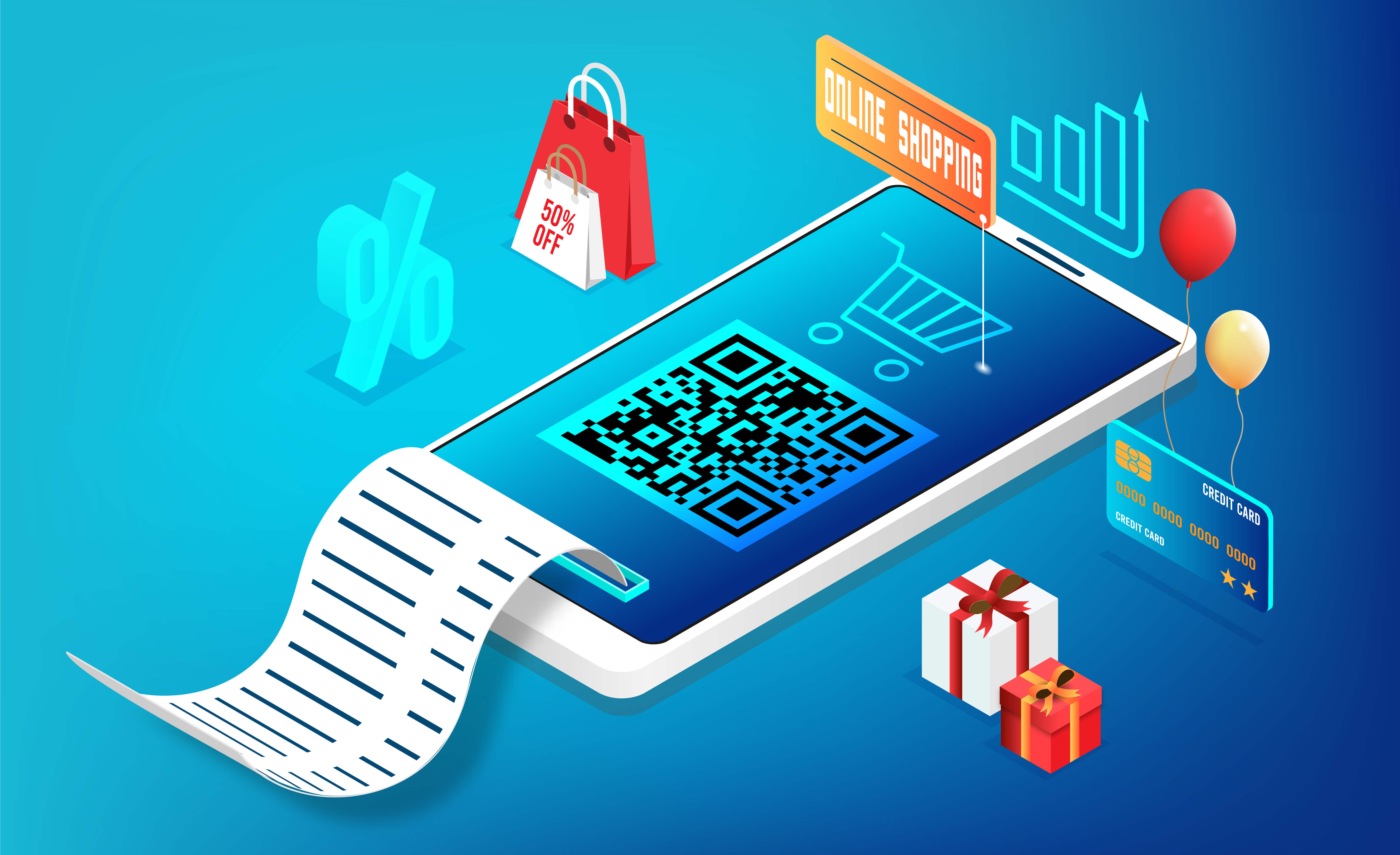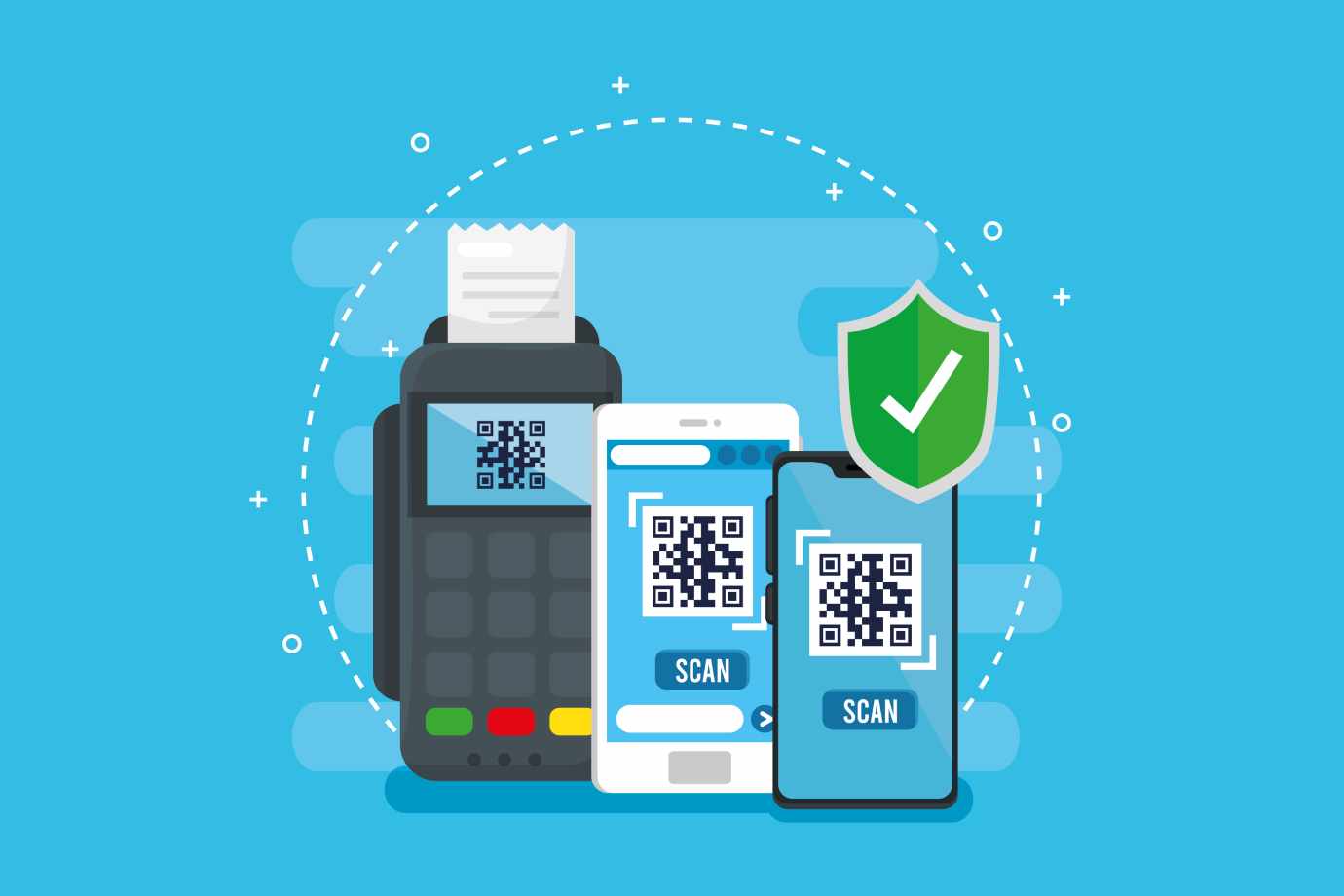Mobile app development is evolving rapidly, and as we approach 2025, several trends are emerging that will shape the industry. From advancements in artificial intelligence to 5G connectivity, these developments promise to make mobile apps smarter, faster, and more engaging than ever before. Staying ahead of these trends is essential for businesses and developers alike to remain competitive and meet user expectations.
In this blog, we’ll explore the top trends in mobile app development to watch for in 2025.
Index
- 5G Technology and Faster Connectivity
- AI and Machine Learning Advancements
- Augmented Reality (AR) and Virtual Reality (VR) Integration
- Internet of Things (IoT) and Smart Devices
- Blockchain Technology for Enhanced Security
- Progressive Web Apps (PWAs)
- Mobile Commerce Growth
- Low-Code and No-Code Development Platforms
- Enhanced User Privacy and Data Security
- Conclusion
1. 5G Technology and Faster Connectivity
The rollout of 5G technology is one of the most significant developments in recent years, and by 2025, its impact will be fully realized in mobile app development. With faster download and upload speeds, lower latency, and enhanced network reliability, 5G will allow developers to create apps with advanced features that require high-speed data transfer, such as live streaming, augmented reality, and real-time multiplayer gaming.
Key Takeaway: 5G enables smoother, faster app experiences with fewer disruptions, opening up new possibilities for highly interactive apps.
2. AI and Machine Learning Advancements
Artificial Intelligence (AI) and Machine Learning (ML) are continuing to advance, making mobile apps more intelligent and user-centric. In 2025, we’ll see more apps leveraging AI for features such as personalized recommendations, predictive text, and real-time language translation. Additionally, AI-powered chatbots will become more sophisticated, handling complex user queries and providing instant assistance around the clock.
Key Takeaway: AI and ML help mobile apps deliver customized, predictive experiences, boosting user engagement and satisfaction.
3. Augmented Reality (AR) and Virtual Reality (VR) Integration
AR and VR technologies have been making waves in industries like gaming and retail. As hardware becomes more affordable and accessible, AR and VR are set to become mainstream in mobile app development by 2025. From virtual try-ons in e-commerce to immersive learning experiences in education apps, AR and VR will play a key role in enhancing user experiences.
Key Takeaway: AR and VR integration enables immersive, interactive experiences that deepen user engagement, making apps more appealing and engaging.
4. Internet of Things (IoT) and Smart Devices
The Internet of Things (IoT) connects devices, allowing them to communicate and share data. By 2025, mobile apps will increasingly interact with IoT devices, from wearable health monitors to smart home systems. This will lead to the development of apps that can manage smart home devices, monitor health, and provide real-time data for decision-making.
Key Takeaway: IoT integration will make mobile apps essential tools for controlling and managing connected devices, especially in health, automotive, and home automation sectors.
5. Blockchain Technology for Enhanced Security
Blockchain technology is known for its security and transparency, making it ideal for apps that handle sensitive data, such as financial or healthcare apps. By 2025, we can expect more apps to adopt blockchain for secure transactions, decentralized data storage, and preventing data breaches. Blockchain’s tamper-resistant nature will give users more confidence in data security.
Key Takeaway: Blockchain enhances app security, ensuring data integrity and transparency, which is critical for finance, healthcare, and personal data apps.
6. Progressive Web Apps (PWAs)
Progressive Web Apps (PWAs) combine the best of websites and mobile apps, providing a reliable, fast, and engaging user experience without needing a full app installation. PWAs are easy to update and maintain, making them cost-effective for businesses. In 2025, PWAs will be more widely adopted, particularly by smaller businesses looking to enhance user engagement without the high cost of native app development.
Key Takeaway: PWAs offer a cost-effective alternative to native apps, providing an app-like experience that is easier to maintain and update.
7. Mobile Commerce Growth
With the continued rise of online shopping, mobile commerce (m-commerce) is set to grow even further in 2025. Mobile apps will offer new features like AI-driven product recommendations, in-app payments, and seamless checkout processes to enhance the shopping experience. Voice search and one-click purchases will become more prevalent, making shopping more convenient and accessible for users.
Key Takeaway: M-commerce apps will leverage AI and streamlined features to improve user experience, helping businesses capture more sales through mobile.
8. Low-Code and No-Code Development Platforms
Low-code and no-code development platforms empower businesses to create mobile apps without extensive programming knowledge. By 2025, more organizations will adopt these platforms to quickly launch apps, particularly for internal use or minimum viable products (MVPs). These platforms also enable faster development cycles, saving both time and money.
Key Takeaway: Low-code and no-code platforms enable faster app deployment, making it easier for businesses to test new ideas and adapt quickly.
9. Enhanced User Privacy and Data Security
With increasing concerns about data privacy, enhanced security measures will be a significant trend in mobile app development by 2025. Apps will need to comply with regulations like GDPR and CCPA and prioritize data encryption, secure logins, and transparent data policies. Privacy-focused apps will also gain popularity, with features such as anonymized data collection and secure communication channels.
Key Takeaway: Prioritizing user privacy will be essential, as businesses strive to build trust by protecting personal data and complying with regulatory standards.
FAQs
Key trends include the adoption of 5G, integration of AI and machine learning, growth of IoT and smart devices, use of blockchain for security, and the rise of progressive web apps (PWAs).
5G will enable faster, more reliable connectivity, allowing for real-time features like live streaming, augmented reality, and interactive gaming, enhancing the overall user experience.
AI enhances user experience by enabling features like personalized recommendations, predictive text, and intelligent chatbots, which increase engagement and user satisfaction.
Progressive Web Apps (PWAs) combine the best of websites and mobile apps, providing a fast and reliable experience without requiring full app installation, making them cost-effective and user-friendly.
Blockchain offers decentralized data storage and tamper-resistant transactions, ensuring data security and transparency, which is crucial for apps handling sensitive information.
Conclusion
As we move toward 2025, mobile app development will see exciting innovations that make apps smarter, faster, and more secure. From 5G connectivity and AI integration to the growth of IoT and blockchain, these trends offer immense potential for businesses looking to stay competitive. At True Value Infosoft, we stay ahead of these trends to create innovative and future-ready mobile applications.
If you’re ready to embrace the future of mobile app development, contact us today to start building an app that keeps your business ahead of the curve.






